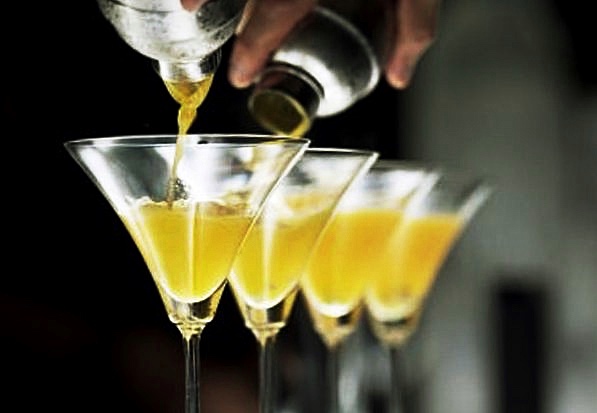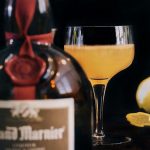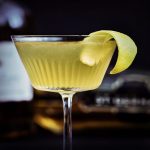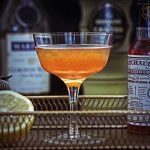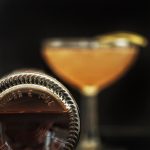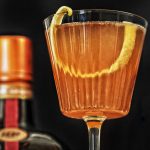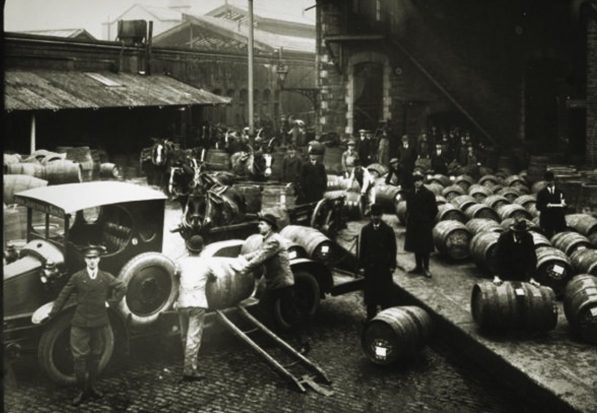You might think life as a classic cocktail is easy. After all, you probably have a really good origin story, your name could potentially be listed in the 50 best selling classic drinks and you have a consistent enough recipe that keeps punters coming back for more.
Or you could end up just as a side note, as has happened to the Sidecar Cocktail. Sure, it’s a classic but it’s one that has a confused origin story, is never listed in best selling drinks and has a recipe that is not only inconsistent in bar books but is made differently by every bartender on the planet.
And yet it should be simple. After all, it only has three ingredients – Cognac, Triple Sec and Lemon Juice – but it seems that nothing is simple with the Sidecar.
The best thing you could say for this classic sour is that it has birthed a number to truly tasty riffs (a few of which we have listed here) that have ultimately gained more notoriety and respect than the original drink itself.
While many of its contemporaries have been revived, rejigged and remastered, the Sidecar has never really sparked the imagination to the same degree.
While the Boulevardier, Monkey Gland and White Lady have all seen their fortunes rise during the cocktail renaissance, the Sidecar has become little more than a sidenote.
Origin
What we do know is that the Sidecar was created just after WW1 but where and by who is a contentious point. Most people align it’s creation to the heady days of post-WW1 Paris under the guiding hand of Harry MacElhone at Harry’s New York Bar.
And you’d think this would be easy enough to prove as MacElhone wrote a book around this time called the ABC Of Cocktails in which the drink was included. But this is where it gets tricky.
MacElhone in the 1919 and 1922 versions of the book actually credits the drink a London bartender called Pat MacGarry. In later editions, MacElhone takes credit for the drink himself.
A contemporary of MacElhone’s, Robert Vermeire says in his book Cocktails How To Mix Them published in 1922, that while being popular in France, the Sidecar was only ever introduced to London by MacGarry.
Another contemporary, David A. Embury, lists it as one of his six basic drinks listed in The Fine Art of Mixing Drinks (1948). He also credits the invention of the drink to an American army captain in Paris during World War I and named after the motorcycle sidecar that the captain used.
Proportions
Now while useful, an origin story isn’t everything. And if this was where the confusion over the Sidecar had finished, then we’d probably all be drinking them. But it wasn’t and we aren’t.
The main issue that has held this drink back has been an inconsistency in the recipe. Although we are all surer about what is in it, no one is really sure about how much of any of these three ingredients should be there.
On one hand, you have the ‘French School’, as referred to by both MacElhone and Vermiere. In this version, all ingredients are used in equal parts. But then, on the other hand, you have the ‘English School’ as found in the Savoy Cocktail Book (1930), which ridicules this version and says that it should be made with two parts cognac and one part each of Cointreau and Lemon Juice.
But it doesn’t stop there. Embury also states the drink is simply a daiquiri with brandy as its base rather than rum, and with Cointreau as the sweetening agent rather than sugar syrup. He recommends the same proportions (8:2:1) for both, making a much-less-sweet sidecar.
Then to add to the confusion, Simon Difford, in his book Encyclopedia of Cocktails has thrown another spanner in the works by saying that the recipe should achieve a middle ground between Craddock’s recipe and the “French School”, with proportions of three parts cognac, two parts Cointreau and two parts lemon.
The one thing that everyone can agree on is that if you’re going to make a Sidecar (or really any of the variations) is to make sure you use quality ingredients. A decent Cognac, a good quality Triple Sec (like Cointreau, Grand Marnier or Dry Curaçao) and of course fresh lemon Juice will make all the difference.
But don’t even get us started on the sugar rim …






